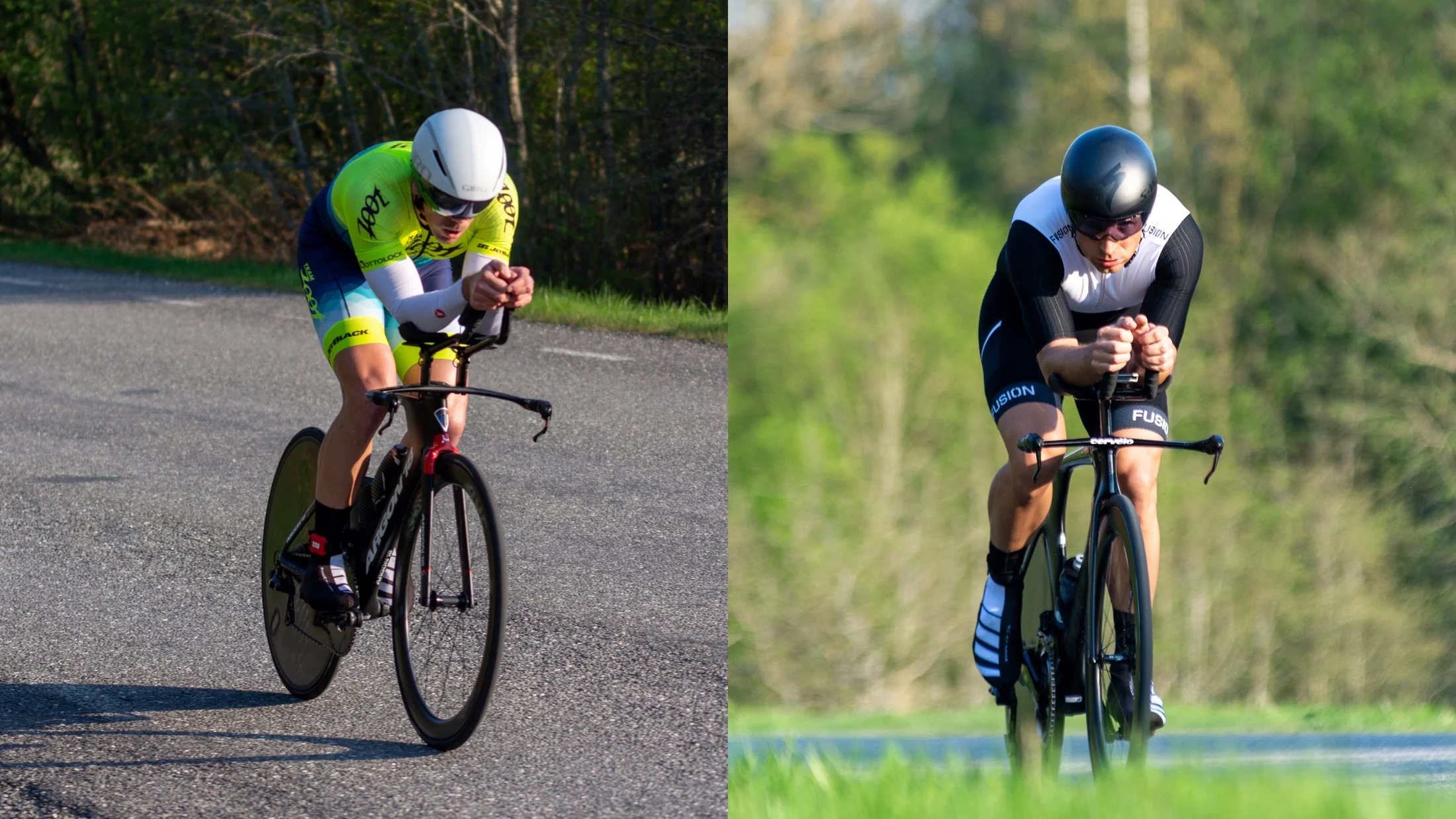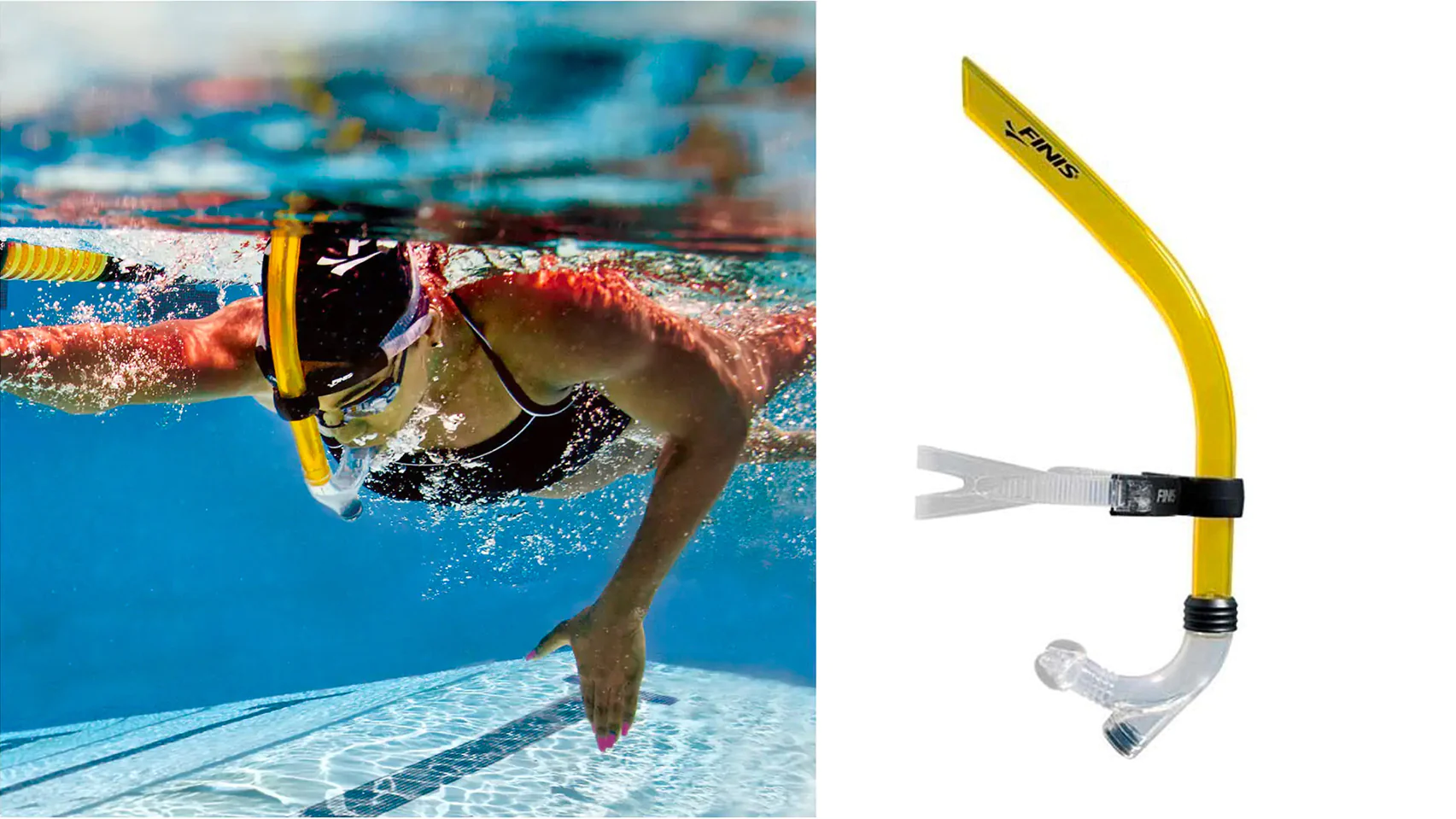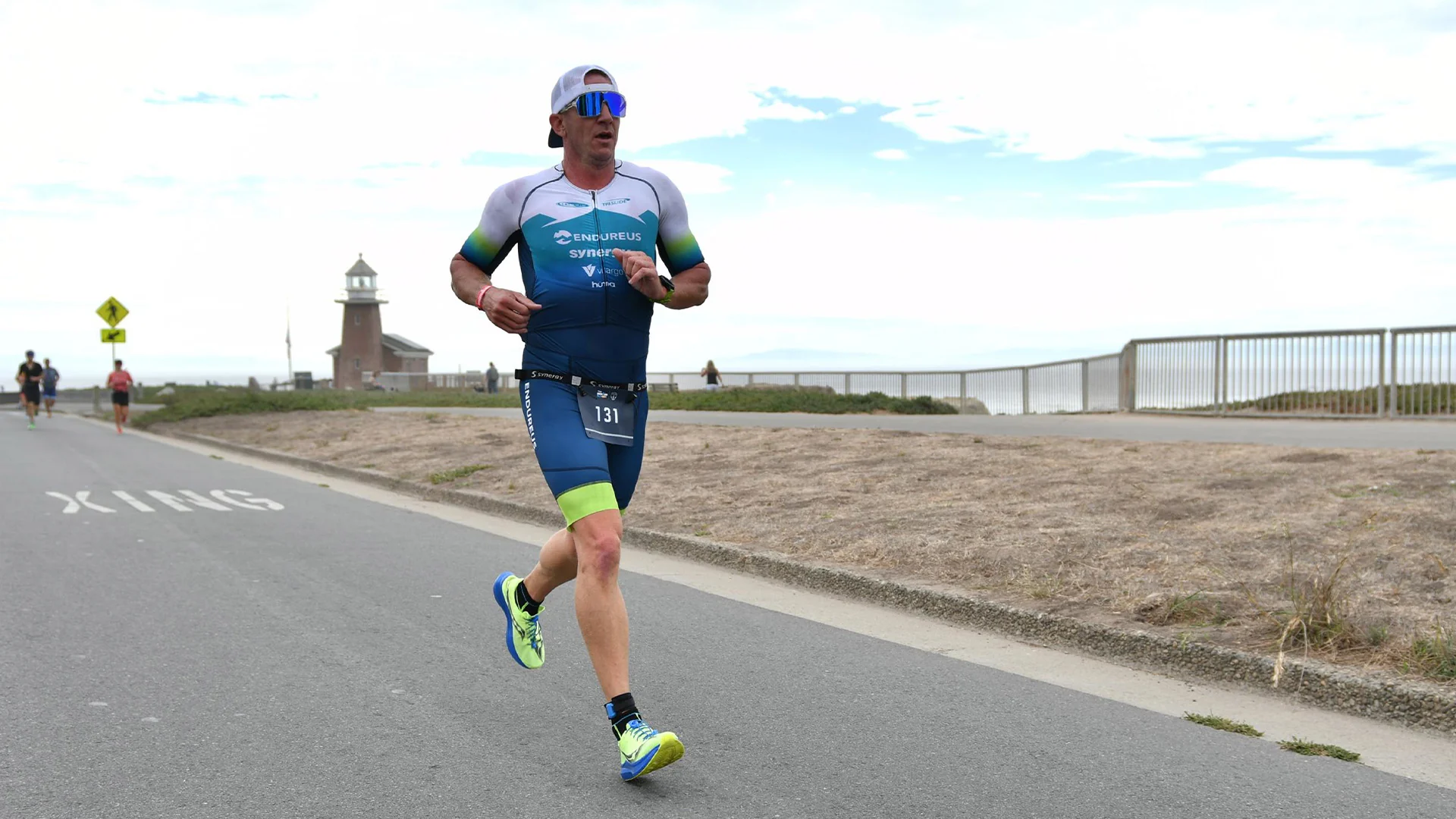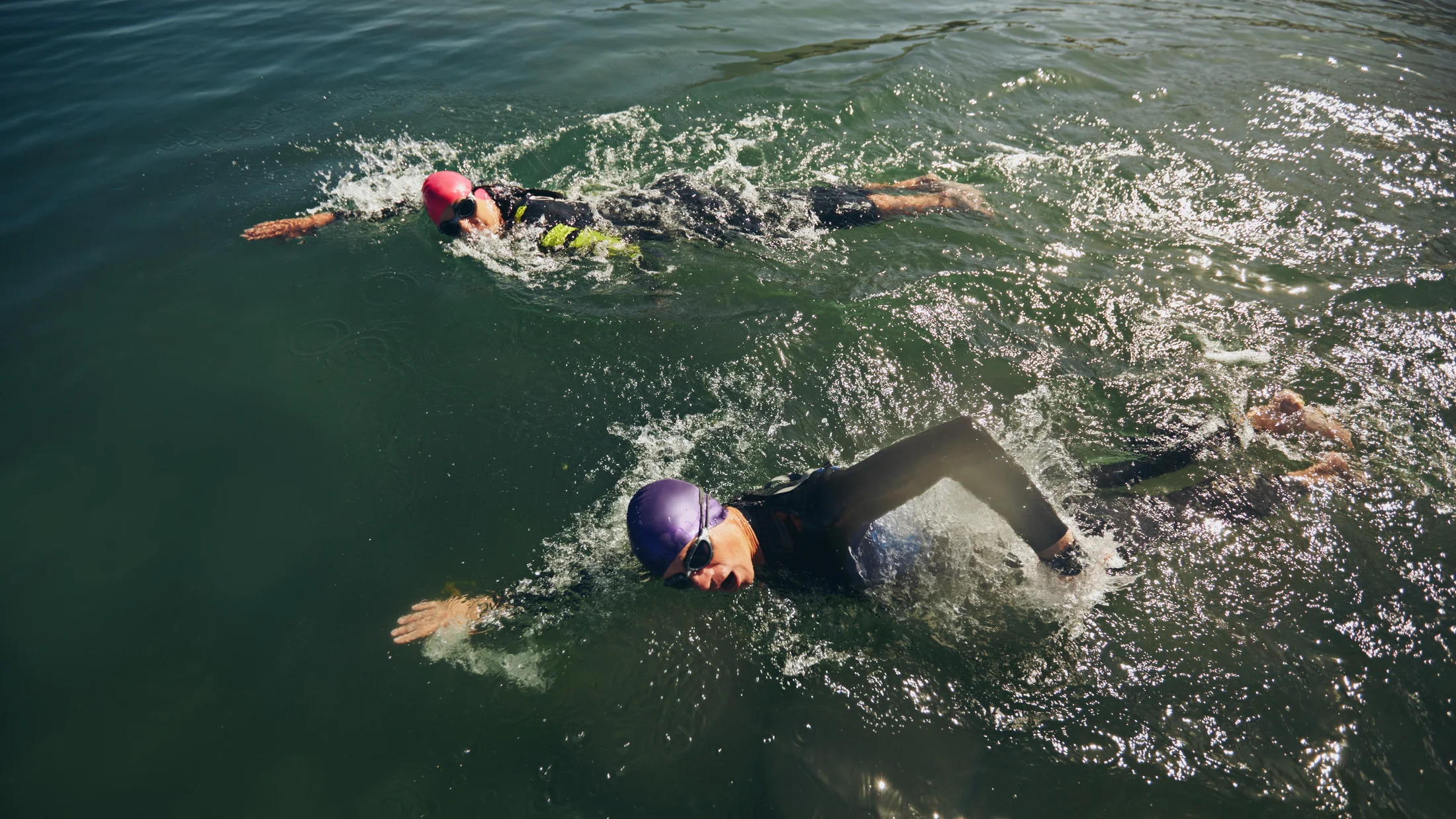Investing in a triathlon bike is a significant decision for any athlete looking to improve their performance in multisport competitions. A triathlon bike can provide a competitive edge with its aerodynamic design and specialized features. However, choosing the right bike requires careful consideration of various factors. Let’s look at the essential aspects to consider when buying a triathlon bike, ensuring you make an informed decision that aligns with your needs and goals.
- Bike Fit and Comfort: The first and foremost consideration when purchasing a triathlon bike is ensuring a proper fit and overall comfort. A professional bike fitting session with an experienced fitter is invaluable. It will help determine the appropriate frame size, handlebar reach, saddle position, and other adjustments to ensure optimal body position and biomechanics. A comfortable bike fit enhances aerodynamics, reduces the risk of injuries, and allows for efficient power transfer.
- Aerodynamics: Triathlon bikes are specifically designed to minimize wind resistance and maximize speed. Features like aero frames, integrated handlebars, deep-section wheels, and streamlined components can significantly enhance your bike’s aerodynamic profile. However, it’s essential to strike a balance between aerodynamics and comfort. Consider your experience level and the length of the events you’ll participate in to determine the ideal aerodynamic features for your needs.
- Frame Material and Construction: Triathlon bikes are typically made from carbon fiber or aluminum. Carbon fiber frames are known for their lightweight, stiffness, and vibration-dampening properties, providing a smooth ride. Aluminum frames offer a more affordable option but may be slightly heavier. Consider your budget and performance goals when deciding on the frame material. Also, please pay attention to the frame’s construction quality, which can affect durability and performance.
- Components and Gear Ratios: The quality and functionality of the bike’s components, such as the drivetrain, brakes, and wheels, play a crucial role in performance and reliability. High-end components often offer smoother shifting, improved braking, and lighter weight. Additionally, consider the gear ratios available to ensure they match your fitness level and the terrain you’ll encounter during races. Opt for a wide range of gear options that allow you to maintain an efficient cadence in various conditions.
- Storage and Hydration Options: Efficient storage and hydration solutions are essential for long-distance triathlons. Look for a bike that offers integrated storage options for nutrition, spare tubes, and tools. Aerodynamic hydration systems, such as aero bottles and hydration bladders, can help you stay hydrated without sacrificing aerodynamics. Evaluate the bike’s ability to accommodate these storage and hydration accessories without compromising your comfort or aerodynamic position.
- Budget Considerations: Triathlon bikes come in a wide range of price points, and it’s crucial to establish a realistic budget based on your financial capacity and level of commitment to the sport. Consider factors like frame material, components, and additional accessories to determine your priorities and allocate funds. Remember to account for potential costs such as bike maintenance, upgrades, and accessories, ensuring a comprehensive budgetary approach.
Purchasing a triathlon bike is a significant investment that can significantly impact your performance and enjoyment of the sport. By carefully considering factors such as bike fit, aerodynamics, frame material, components, storage options, and budget, you can make an informed decision that aligns with your needs and goals. Remember to seek expert advice, conduct thorough research, and test-ride different models to find the perfect triathlon bike to help you soar to new heights in your multisport endeavors.




